For the compound 1-ethyl-3-isopropylcyclopentane,
(a) draw two different cis and two different trans isomers.
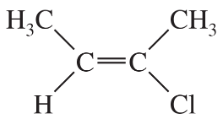
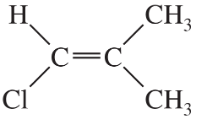
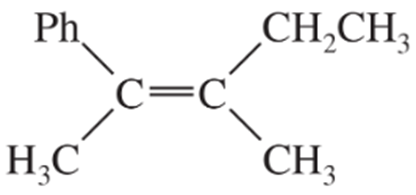
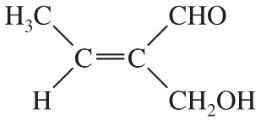
 Verified step by step guidance
Verified step by step guidance Verified video answer for a similar problem:
Verified video answer for a similar problem:

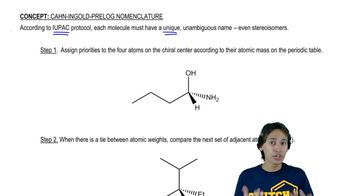

 4:28m
4:28mMaster How to name different types of double bonds or rings with a bite sized video explanation from Johnny
Start learning